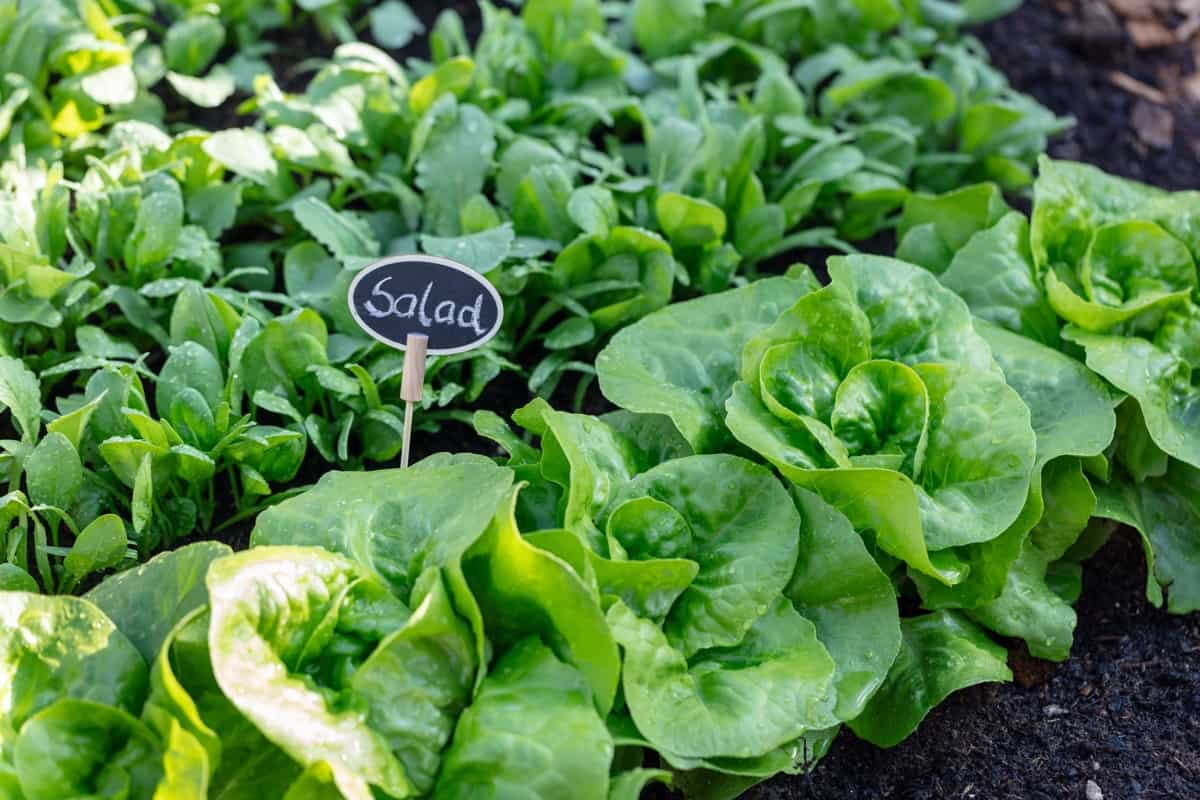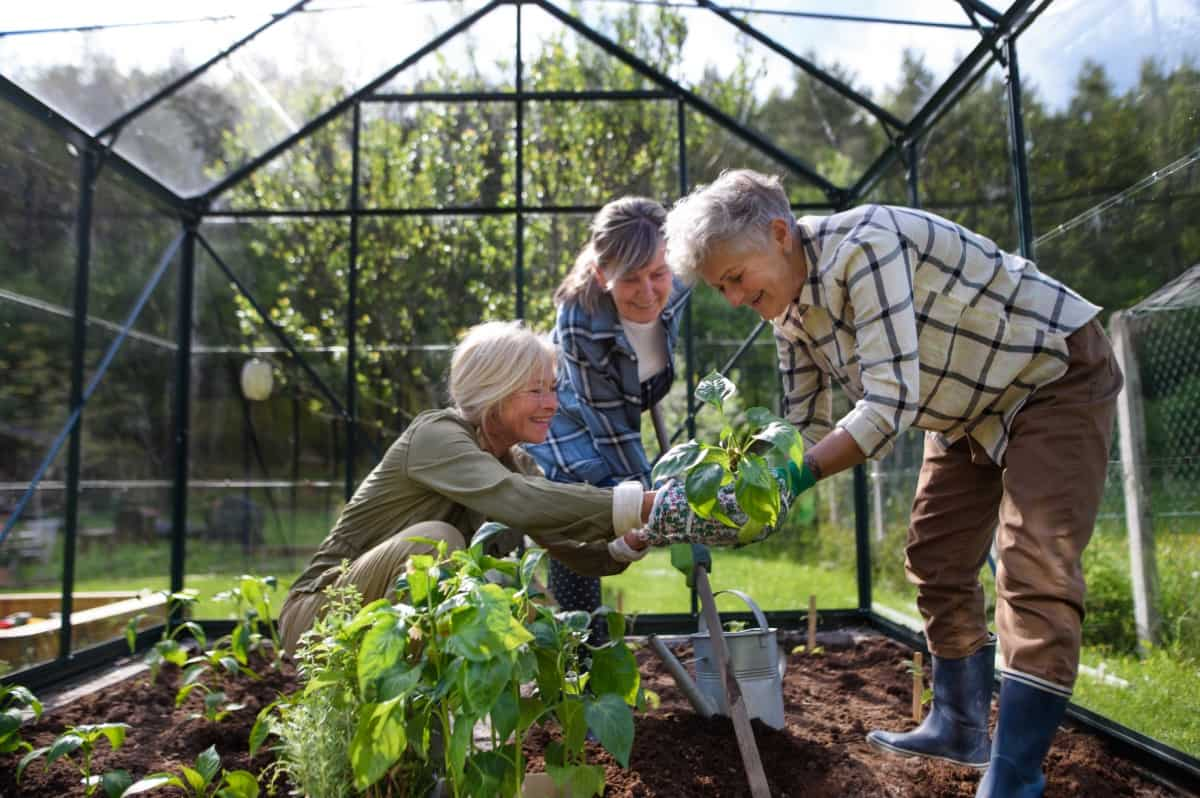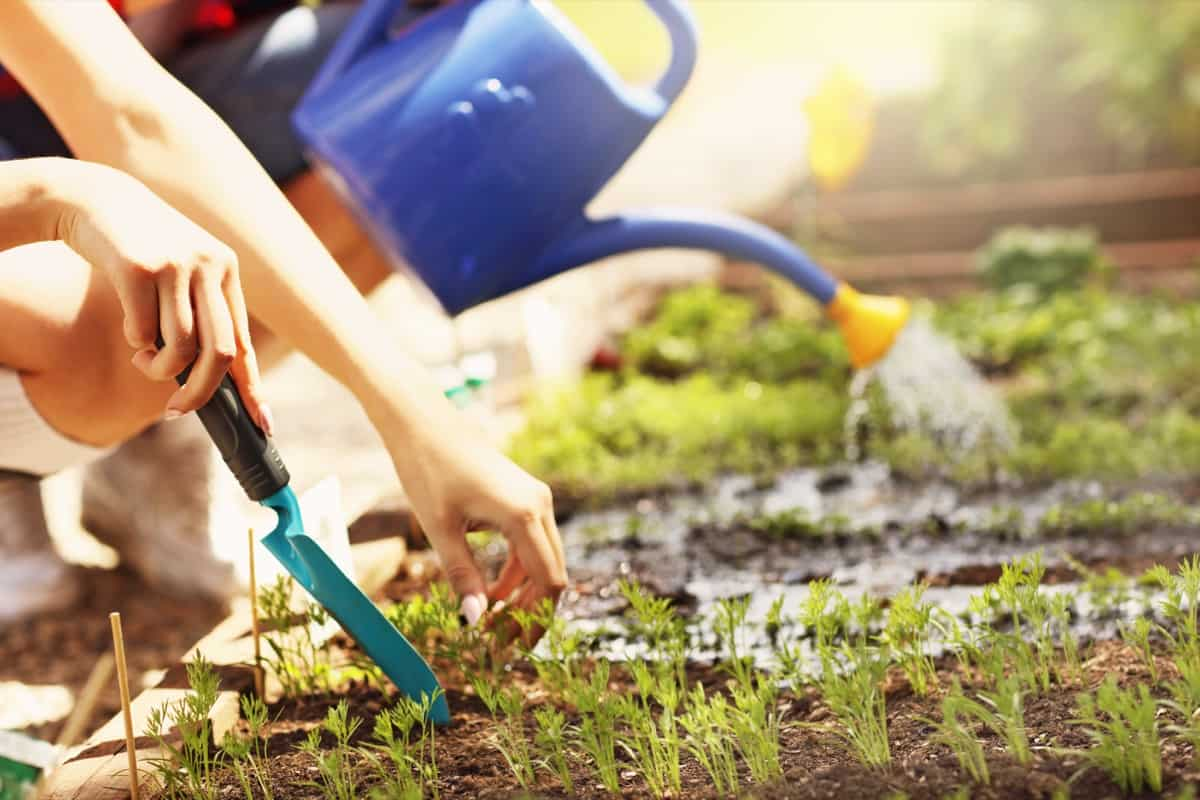Alabama is a versatile state for gardening, thanks to its wide range of climates across its Northern, Southern, and Central regions. Whether you’re wondering when to plant cucumbers in Alabama or interested in what vegetables grow in winter in Alabama, this guide has got you covered. Can you garden year-round in Alabama? Absolutely.

How long is the growing season in Alabama? It varies by region, but generally, you’ll find long, warm periods ideal for many crops. We’ll delve into a comprehensive Alabama fall planting guide and explore factors affecting vegetable planting dates in this state. By the end, you’ll know the growing season for southern Alabama and much more.
When to Plant Vegetables in Alabama
Understanding Alabama’s Climate Zones
Alabama is unique because it has three different climate zones: Northern, Southern, and Central. The Northern part is cooler and has a shorter growing season. Southern Alabama enjoys a longer growing season with more heat-tolerant crops. Central Alabama has a mix of both, providing a versatile gardening landscape. Understanding these zones is crucial for successful gardening.
Factors Affecting Vegetable Planting Dates in Alabama
Several elements impact when you can plant vegetables in Alabama. These include frost dates, soil temperature, and regional weather patterns. It’s essential to consult local guides and weather predictions. Your choice of vegetables also plays a role, as some crops are more heat or frost-tolerant than others. Keep these factors in mind as you plan your garden for maximum yield.
Planting Vegetables in Northern Alabama
Northern Alabama has a shorter growing season, typically from late April to early October. In the spring, you can grow crops like lettuce, radishes, and carrots. You can also attempt a second planting for a fall harvest in late summer. When to plant cabbage in Alabama’s Northern region? Early spring or late summer are your best bets. Just monitor the temperature, as frost can be a concern.
Optimal Vegetable Planting Times for Southern Alabama
The growing season in Southern Alabama is longer, usually from early March to late November. Vegetables like tomatoes, peppers, and okra thrive in this region. When to plant tomatoes in Alabama’s Southern area? Aim for early March to mid-April. The extended season allows for more variety and even a second planting of certain crops. You can even grow winter crops, answering the question of what vegetables grow in winter in Alabama for this region.
In case you missed it: Best Container Plants for Alabama: For Vegetables, Flowers, Herbs in Winter, Shade, Full Sun

Vegetable Planting Schedule for Central Alabama
Central Alabama generally offers a growing season between the Northern and Southern regions, making it an excellent place for versatile gardening. Start with cool-season vegetables like peas and spinach in early spring. As summer approaches, transition to heat-loving crops like cucumbers and squash. The moderate climate means you can often get two harvests if you plan carefully.
Recommended Vegetables for Early Spring Planting in Alabama
Early spring is a fantastic time to start your vegetable garden in Alabama. In the Northern region, opt for frost-tolerant crops like kale and collards. Central Alabama can go for a mix, including beets and turnips. Southern Alabama has the luxury of planting even warm-season crops like beans and corn, thanks to its longer growing season and warmer temperatures.
Late Spring and Early Summer Vegetable Planting Guide for Alabama
As temperatures rise, your options expand. Early spring and summer are ideal for planting crops like tomatoes, peppers, and summer squash across all regions. Even in Northern Alabama, the frost risk has typically passed by late May, opening the door for these heat-loving plants. Be mindful of the local climate and soil conditions for best results.
Fall Vegetable Planting Tips for Northern Alabama
Fall offers a second chance for gardeners in Alabama, particularly in the Northern region. This is the perfect time to consult your Alabama fall planting guide. Start planting crops like spinach and lettuce by late August for a fruitful fall harvest. You can also plant winter-hardy vegetables like Brussels sprouts and parsnips, providing fresh produce even when the temperatures drop.
Ideal Fall Planting Dates for Southern Alabama
In Southern Alabama, the fall planting season generally kicks off in late August and can extend through November, thanks to the region’s longer growing season and milder winters. This is an ideal time for vegetables like broccoli, cauliflower, and kale, which thrive in cooler temperatures but can still tolerate some warmth. Root vegetables like carrots and radishes thrive and keep growing during the winter months.
Monitor local weather forecasts and consult an Alabama fall planting guide for the most accurate information. Another tip is to try succession planting during this season; this means planting crops at staggered intervals to enjoy a continuous harvest throughout the fall and even into early winter.
In case you missed it: Easiest and Best Vegetables to Grow in Alabama: Planting Guide for Winter, Summer, and Spring

When to Plant and What Vegetables to Grow in Alabama in Winter
Winter in Alabama doesn’t necessarily mean an end to gardening, especially in the Southern and Central regions with milder winters. What crops can you grow in the winter in Alabama? Leafy greens like spinach and collard are excellent choices as they are frost-tolerant. Root vegetables such as turnips and beets also continue to grow well. You can even venture into growing herbs like cilantro and parsley in Southern Alabama. You should begin planting your winter crops in late fall so they can grow strong before the cold weather comes. To shield them from sudden cold snaps, use mulch and cold frames.
Vegetable Planting Schedule/Calendar Table for Alabama
| Vegetable | Northern Alabama | Central Alabama | Southern Alabama |
| Lettuce | Early April – Mid May | Late March – Early May | Early March – Late April |
| Radishes | Early April – Late May | Late March – Mid May | Early March – Late April |
| Carrots | Early April – Mid May | Late March – Early May | Early March – Late April |
| Cabbage | Early April – Late August | Late March – Late August | Early March – Early September |
| Tomatoes | Early May – Late May | Late April – Early May | Early March – Mid-April |
| Peppers | Early May – Late May | Late April – Early May | Early March – Mid-April |
| Okra | Late May – Early June | Late April – Late May | Early April – Mid May |
| Cucumbers | Late May – Early June | Mid-May – Early June | Late April – Late May |
| Summer Squash | Late May – Early June | Mid-May – Early June | Late April – Late May |
| Winter Squash | Late May – Early June | Mid-May – Early June | Late April – Late May |
| Kale | Early April – Late August | Late March – Late August | Early March – Early September |
| Broccoli | Late August – Early September | Late August – Mid-September | Early August – Late August |
| Cauliflower | Late August – Early September | Late August – Mid-September | Early August – Late August |
| Spinach | Late August – Early October | Early September – Mid-October | Early September – Late September |
| Turnips | Late August – Mid-September | Early September – Late September | Early August – Late August |
In case you missed it: 8 Best Compost Starters with Price to Accelerate Compost Process for Bins, Tumblers, and Pits

Conclusion
Whether seasoned or a beginner, understanding the growing seasons and ideal planting times is crucial for successful vegetable gardening in Alabama. From the longer, heat-tolerant growing season in Southern Alabama to Northern Alabama’s shorter but versatile season, this state offers ample opportunities for those willing to plan carefully.
- Feed Your Flock for Less: Top 10 Tips to Save on Chicken Feed
- Ultimate Guide to Ossabaw Island Hog: Breeding, Raising, Diet, and Care
- Hatching Answers: The Top 10 Reasons Your Chickens Aren’t Laying Eggs
- Eggs and Economics: Breaking Down the Cost of Raising Backyard Chickens
- Defend Your Greens: Proven Methods to Keep Iguanas Out of Your Garden
- Ultimate Guide to Cinnamon Queen Chicken: A Comprehensive Guide for Beginners
- Ultimate Guide to California Tan Chicken: Breeding, Raising, Diet, Egg-Production and Care
- Ultimate Guide to Marsh Daisy Chicken: Breeding, Raising, Diet, and Care
- 10 Types of Chicken Farming Businesses You Can Start for Profits